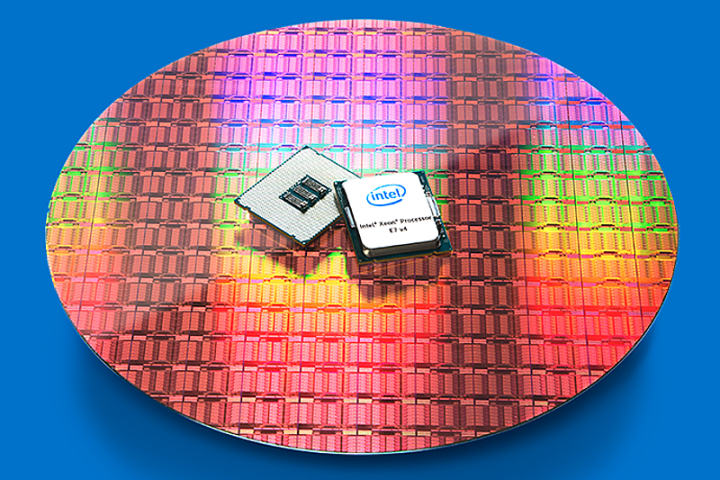
The development is known as the core-to-core communication acceleration framework, or CAF for short. In an interview with TechSpot, Yan Solihin, co-author of the paper that explains its benefits, said CAF can improve the performance in communication between cores by up to 12 times, which can ultimately lead to calculations being performed around twice as fast as before.
This sort of effect is likely to be most pronounced in systems with hyperthreading (or the AMD equivalent) and with lots of cores, as well as with applications that can support it.
The reason such gains are said to be possible is because of the new chip design, which incorporates a queue management device (QMD) — essentially a hardware alternative to the software method of sending data between cores. This fast track handles all of the communication between the cores at a much higher pace than can be achieved with conventional processor designs.
Better yet, when not required for heavy multitasking, the queue management device can handle basic computational tasks on its own, potentially giving us a look at how Intel may be able to lower power usage in future chip designs — by letting the QMD handle basic operations and only leveraging the main power of the processor when required.
Of course, much of this is in the very early stages of development, and even though the proof of concept is there, we wouldn’t expect this to show up in retail hardware for years. However, when it does, the university may have additional features in mind, as Solihin and his team have already conceptualized a number of additional processor add-ons that could further improve communication between cores.
Editors' Recommendations
- Intel’s new CPU feature boosted my performance by 26% — but it still needs work
- Intel’s new Arc driver can boost your performance by up to 119%
- Intel Raptor Lake boosts performance, but the requirements are staggering
- How Windows 11 will improve performance for the next-gen Intel Alder Lake chips
- Intel claims Tiger Lake chips will make historic leap in performance. Here’s how




